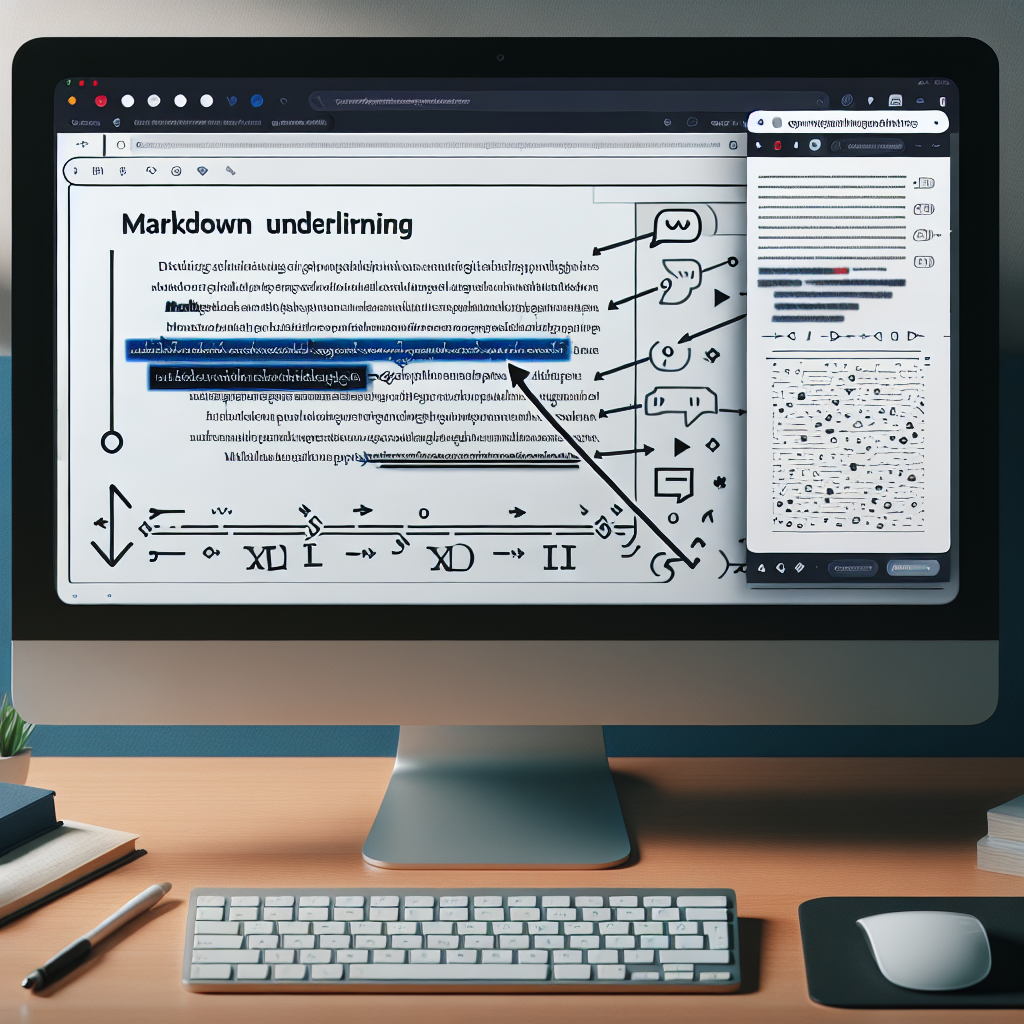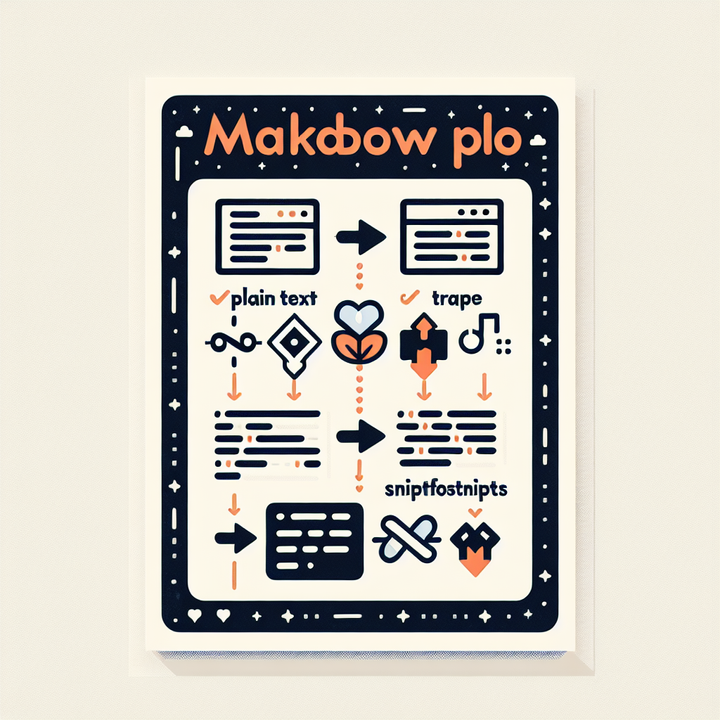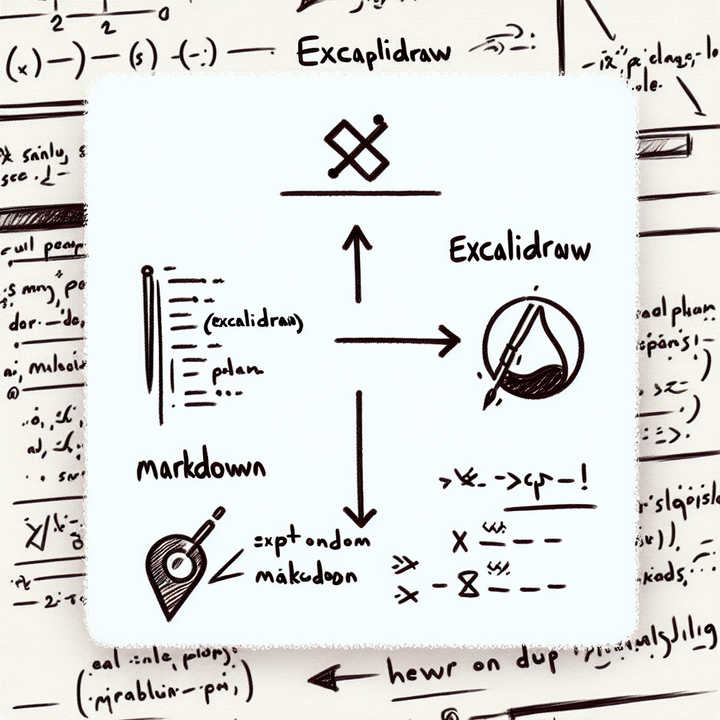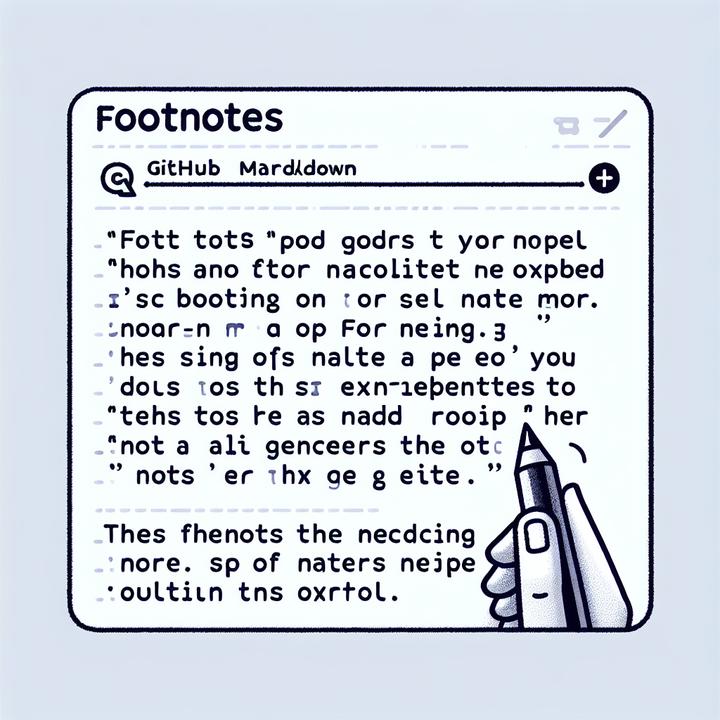Markdown Underlined Explanation and Implementation
Markdown does not natively support underlining. However, you can achieve this effect by embedding HTML tags (<u>) or using custom CSS styles. Specialized Markdown parsers and plugins may also add this feature. These methods ensure richer text formatting while keeping Markdown’s simplicity.

"Why struggle with Markdown formatting? Our free tools make it easy to create beautiful, professional-looking documents in seconds."
When writing documents in Markdown, you may find that the standard syntax of Markdown does not directly support the underlining feature. While Markdown is a lightweight markup language designed for simplicity and readability, adding underlines can still be a useful text decoration for some documents.
Limitations of Markdown Itself
Markdown's main purpose is to be easy to read and write, while also being easily convertible to rich HTML format. Markdown itself does not define a specific syntax for underlining text, meaning you can’t generate underlined text directly in a Markdown file.
The text decoration features supported by standard Markdown primarily include:
- Bold: Use two asterisks (
**) or underscores (__) to enclose the text. - Italic: Use one asterisk (
*) or underscore (_) to enclose the text. Strikethrough: Use two tildes (~~) to enclose the text.
For example:
**This is bold text**
*This is italic text*
~~This is strikethrough text~~
However, there is no direct method to underline text. Nevertheless, underlines can be achieved through some techniques and extensions.
Using HTML Tags to Implement Underlining
The most straightforward method is to use HTML tags. Since most Markdown parsers support embedded HTML, you can directly use the HTML <u> tag to underline text in a Markdown file:
This is regular text, but <u>this text is underlined</u>.
This Markdown will render as: This is regular text, but this text is underlined.
The advantage of this method is its simplicity and high compatibility, though it may not be fully supported by some Markdown parsers, especially the stricter ones.
Using CSS for Custom Formatting
If you have more control over the HTML generation process (e.g., through Markdown to HTML conversion with templates or CSS), you can define a CSS style to achieve underlining.
Step 1: Define a CSS Style
First, you can define a CSS style for the underline effect. For example, if you have a custom CSS file:
.underline {
text-decoration: underline;
}
Step 2: Apply the Style in Markdown
Then, you can use the HTML <span> tag combined with this CSS style in your Markdown file:
This is a regular Markdown paragraph, <span class="underline">this part is underlined</span>.
This method requires you to incorporate custom CSS during the Markdown to HTML conversion process, but it is more flexible and powerful, especially for large documents or complex formatting needs.
Specialized Markdown Parsers
Some Markdown parsers or Markdown extensions may add support for underlining. For example, some Markdown editors offer plugins or extensions that allow you to use syntax like ==text== to generate underlined text. This solution depends on specific tools and is not a universal standard.
Conclusion
Although standard Markdown does not support underlining, you can still achieve underlines through embedded HTML tags or using CSS styles. When choosing a method, it is important to consider both the readability and maintainability of the Markdown files, as well as the actual display effect of the generated documents. By using these tools and techniques, you can maintain the simplicity of Markdown files while achieving richer text formatting.



Comments ()